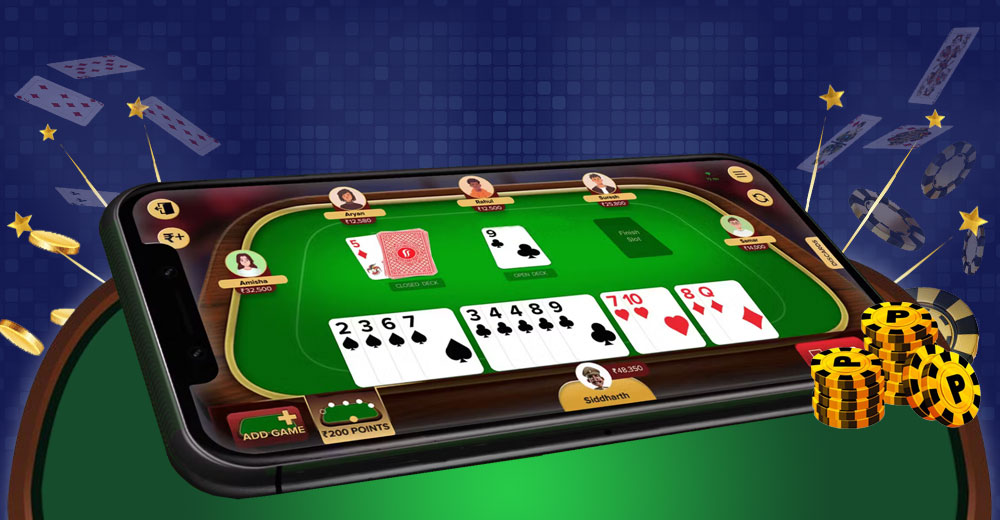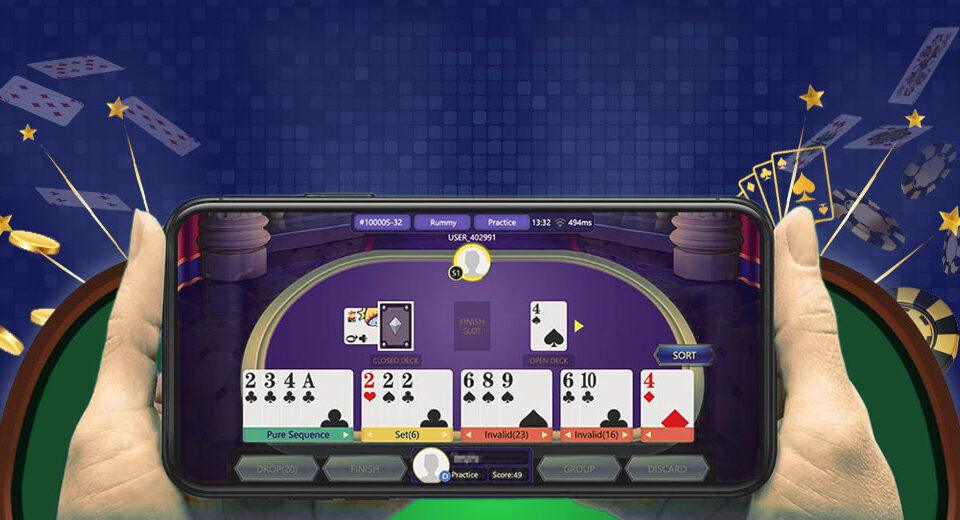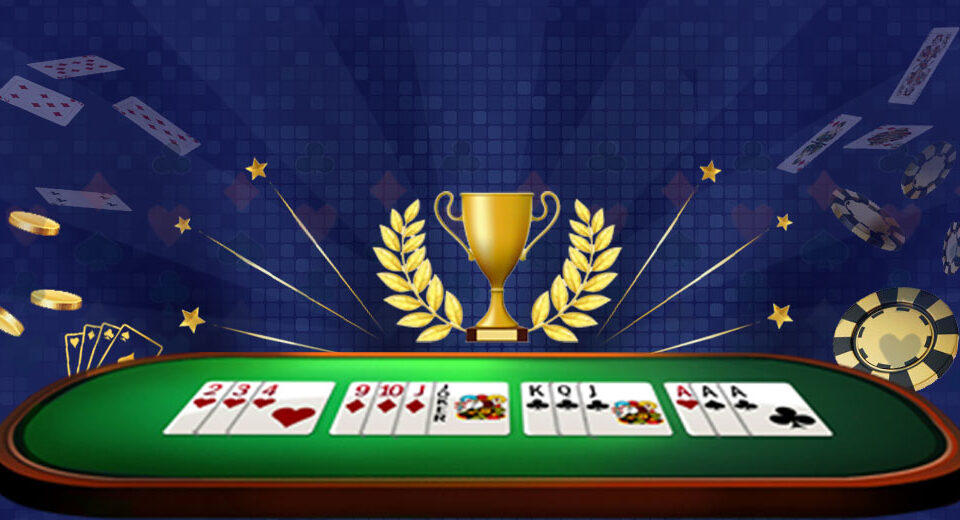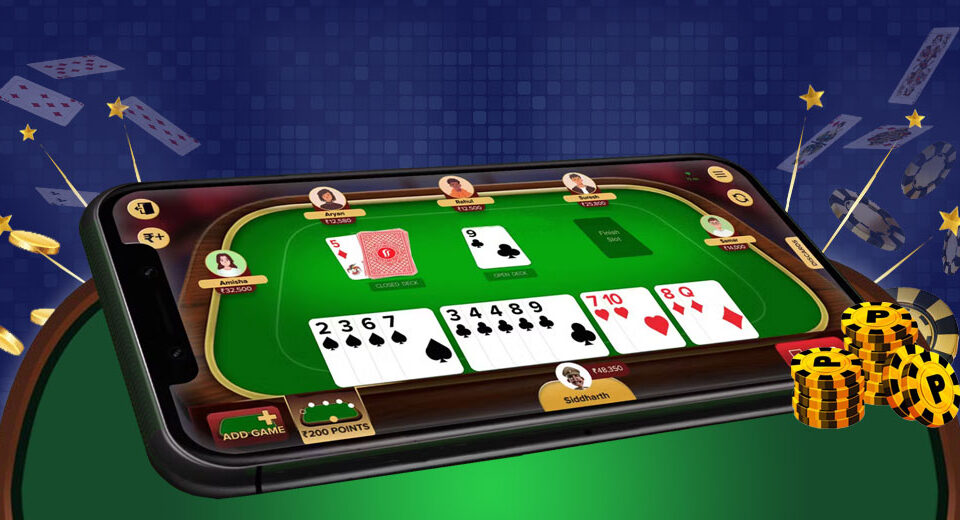How Your Opponent’s First Move Reveals Their Strategy
Understanding your opponent’s gameplay from the very first turn can provide you with a tactical edge, especially in the fast-paced environment of Indian rummy online. The first move isn’t just a random discard - it’s often a reflection of their hand structure, intentions, and level of experience. By closely observing these early actions, you can start piecing together the kind of approach they are planning. This insight can then guide your own card choices, drops, and declarations. In the world of rummy game online formats like Points, Deals, or Pool Rummy, reading these signals early often marks the difference between reacting and outmanoeuvring.
1. The Significance of the First Discard
The initial card discarded by an opponent gives you valuable hints. If they discard a low-value card like 3♣, they may be keeping high cards for sequences, aiming for a quick declaration. On the other hand, discarding a high card like Q♦ might indicate they’re cautious and already setting up a low-point hand. Analysing such plays is especially useful in shorter variants of the Indian rummy card game, where each move impacts the outcome more significantly.
2. Early Use of Jokers (or Not)
Some players reveal their approach by how they treat jokers in early rounds. If your opponent discards a printed joker or shows no urgency in using a joker card to complete a sequence, it could mean they are confident in forming a pure sequence early. This level of comfort may suggest they’ve already formed a foundation, which is essential in formats governed by strict indian rummy rules.
3. When They Drop Immediately
If your opponent uses the drop option in the first move, they’re sending a clear message - they’ve assessed their hand and see no potential. This also indicates that they’re cautious or playing defensively to avoid point loss. In Pool Rummy or Points Rummy, such early decisions tell you that your opponent is calculating, values score protection, and isn’t willing to take unnecessary risks.
4. Watching Which Suit They Avoid
Pay close attention to suits your opponent consistently discards from the beginning. This pattern shows what suits they’re avoiding and where their combinations might not exist. For instance, if a player discards 5♥ and later 8♥, you can guess they lack a strong heart sequence. Knowing which suits are weak in their hand helps you control discards and avoid assisting them inadvertently.
5. Holding Onto Middle Cards
If an opponent avoids discarding middle cards like 6♠ or 7♦ in the early moves, it's likely they’re attempting a middle sequence. These cards are versatile for melds, so holding onto them often reveals a focus on sequence formation. In Indian rummy online, where speed matters, players tend to favour these cards for flexible combinations.
6. Reluctance to Discard High Cards
In some cases, your opponent might hold on to high cards like K♠ or J♦ across several rounds. This might mean they’re close to forming a high-value set or sequence. Not discarding these cards early is risky, so if they’re doing it, they likely have a plan. Recognising this gives you an edge in anticipating their likely declarations.
7. Identifying Aggressive vs Defensive Starts
A fast discard of valuable or central cards could be a sign of aggression - your opponent might be attempting a quick win, hoping you’ll discard a useful card. Conversely, slow, careful discards suggest a defensive approach. Recognising this tone early helps you align your own decisions. Should you play it safe or force pressure on them by hoarding key suit cards?
8. Spot the Unusual
Sometimes, an opponent might make a surprising first move - discarding a joker, or part of a potential sequence. Don’t ignore this. These moves might be bait to confuse or force a reaction. Observing and learning from such psychological plays is part of what elevates your performance in the Indian rummy card game from average to advanced.
Conclusion: First discards are silent strategies
Your opponent’s first move in Rummy is more than a discard - it’s a message. Every card placed on the pile can tell you something about their intentions, priorities, and play style. By training yourself to notice patterns in these early actions, you increase your ability to plan smarter responses. In highly competitive online rummy game environments, such analytical observation can often give you the upper hand before the game even properly begins. The next time you sit down for a session, watch their first move - it’s the first clue to winning.




